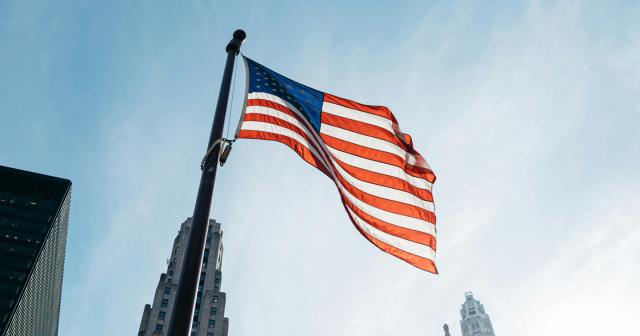B+LNZ is hugely disappointed red meat exports to the US now face a 15 percent tariff. While demand for our product remains strong, the tariff puts our farmers at a disadvantage in a key market. We look at what this means in more detail.

What’s changed
New Zealand beef and lamb exports to the US will now face a 15 percent tariff, up from 10 percent.
Beef:
- In-quota: approx. 15.64 percent
- Out-of-quota: approx. 42.04 percent, however New Zealand hasn’t filled the 213,402-tonne quota since 2015.
Lamb:
- Total tariff: approx. 15.06 percent
This increase significantly raises the cost of access to one of our most valuable export markets.
The increase stems from the US targeting countries with which it runs a trade deficit (meaning the US imports more from that country than it exports to that country) and New Zealand is one of them. In 2024, the US trade deficit with NZ was USD 1.1 billion, with our exports to the US about 25 percent higher than what we import from the US.
The hike could cost New Zealand over $300 million annually if trade volumes hold steady. It takes effect on 7 August 2025, but product already enroute that arrives before 5 October won’t be affected.
How does New Zealand’s tariff compare?
Unfortunately, some other major red meat exporters to the US aren’t facing the same hike:
- Australia stays at 10 percent thanks to its free trade agreement.
- Uruguay and Argentina also remain at 10 percent.
Though other key competitors are facing a higher tariff rate:
- Brazil faces a steep 76.4 percent, which if it remains would shut them out of the market.
- Nicaragua sits at 18 percent.
New Zealand now faces higher tariffs than many of our competitors, risking trade diversion and undermining fair access.
What does this mean for farmers?
The tariff makes New Zealand red meat less competitive in the US and will affect returns to farmers in spite of strong demand and rising prices. Export volumes have dropped since the 10 percent tariff was introduced. It’s unclear whether this will continue with significant tariffs on Brazil (the largest beef exporter to the US) possibly opening some opportunities for our exporters.
It’s frustrating to see our sustainably produced food penalised in a market that values it. Exporters and farmers are being asked to absorb the cost while others enjoy better access.
Despite the setback, global market trends remain positive. The US beef herd is at historically low levels, and domestic consumption is strong. Lamb demand is also rising, which gives us hope that buyers will continue to seek out New Zealand product, even with the higher tariff.
New Zealand also has a robust trade strategy with well-established positive relationships across more than 100 markets.
What’s being done?
B+LNZ is working with the Meat Industry Association and the Government to respond to the US Government’s latest decision, and we are also continuing to work on our lamb access. Our team in Washington DC is meeting with US counterparts and officials. New Zealand Government officials are currently in the US pushing for fair access.
We’ll continue advocating for open, rules-based trade that supports farmers and gives global consumers access to high-quality NZ food. We’ll keep farmers advised of any further developments.